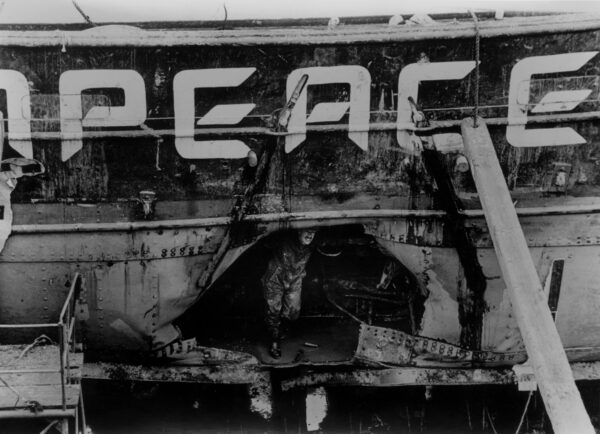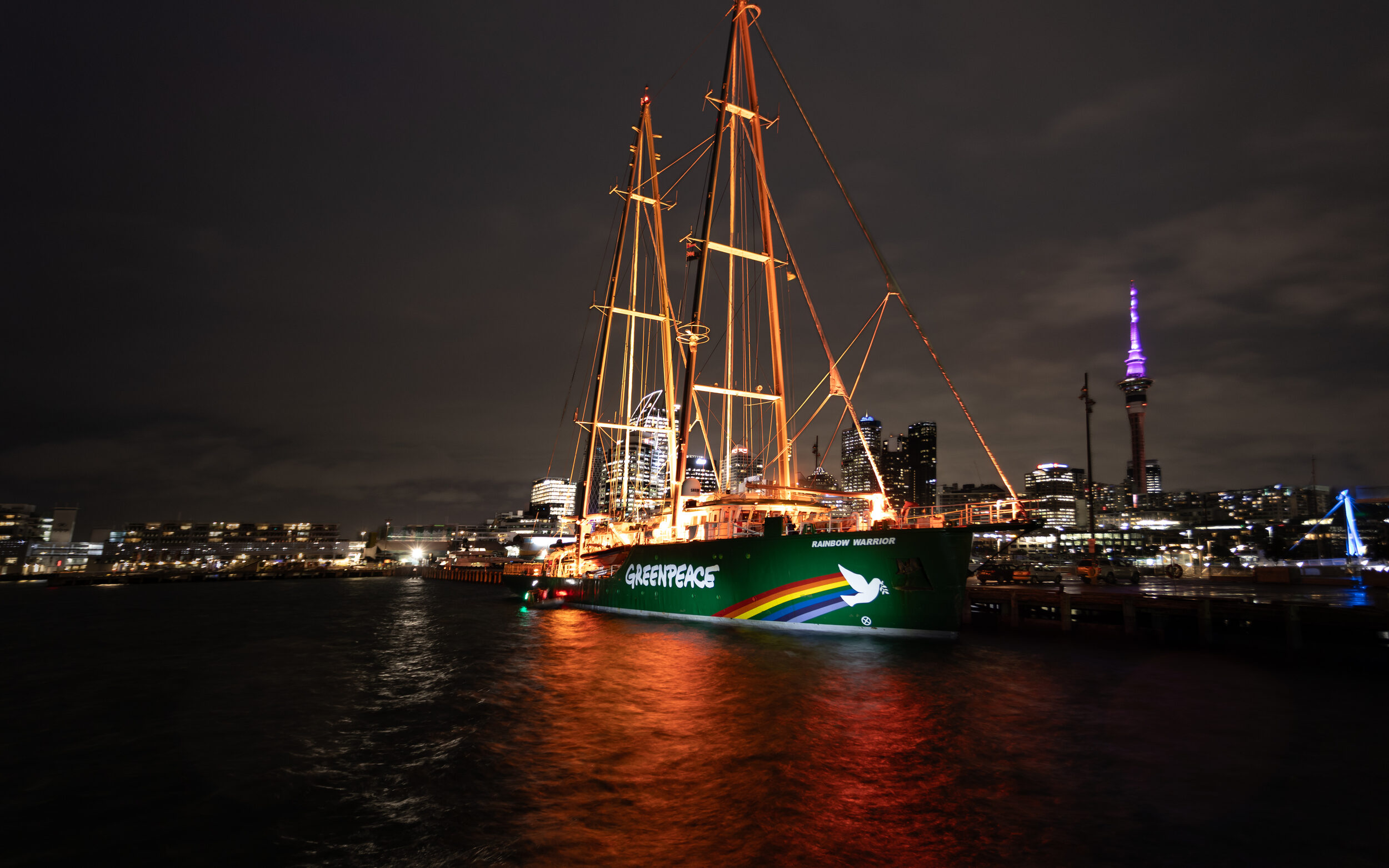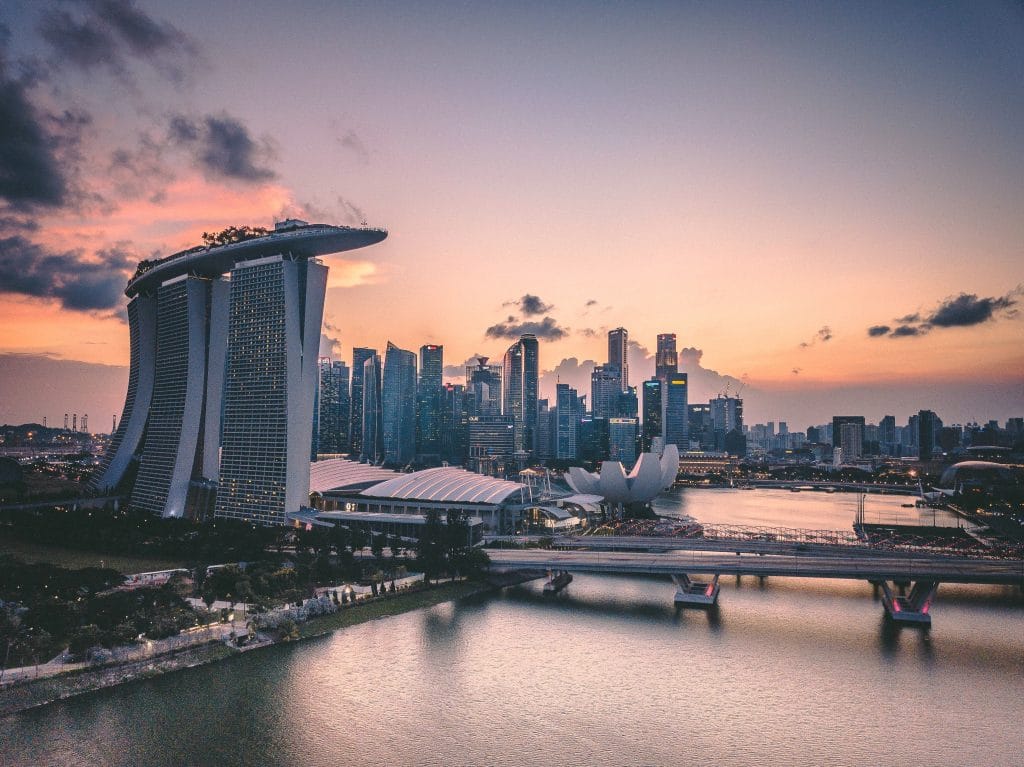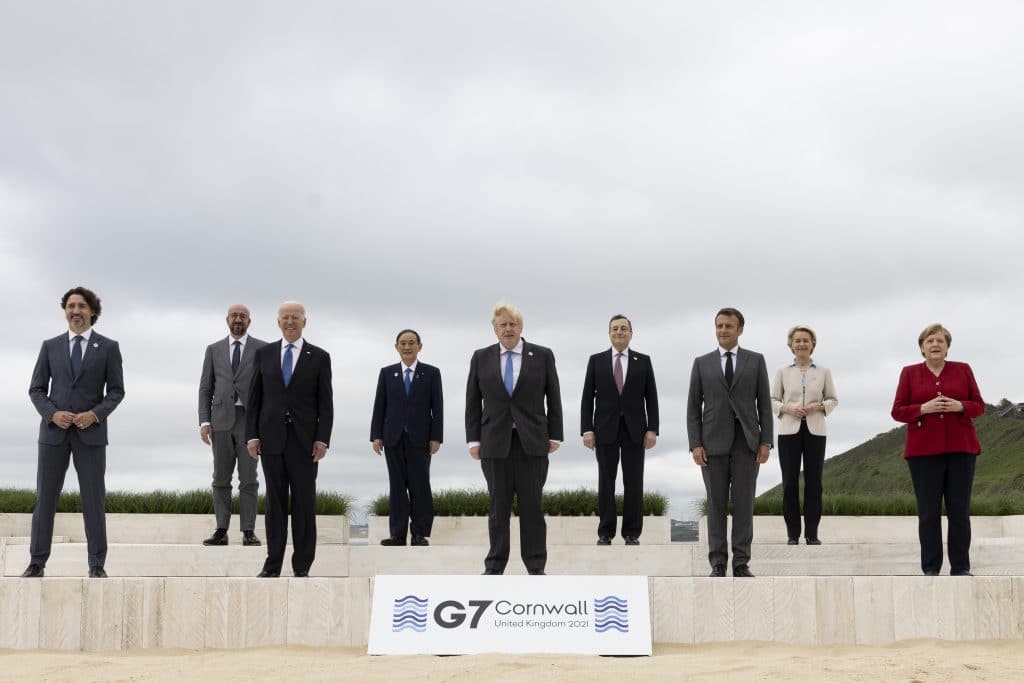The dawn ceremony of remembrance was organised by the local Ngati Whatua Orakei hapu (Maori clan or sub-tribe) in which crew and Greenpeace staff held up illuminated signs onboard Rainbow Warrior II.
The Rainbow Warrior sailed into Auckland fresh from confronting bottom trawlers and longline fishing vessels between Australia and New Zealand for the last two months.
Mads Christensen is Greenpeace International’s Executive Director and says the group will continue to campaign, renewed by the milestone.
“Whether 40 years ago or today, Greenpeace will resist, we will persist, and we will win.”
On June 10, 1985, French agents bombed and sank the 40-metre trawler Rainbow Warrior in Auckland Harbour which killed Portuguese photographer Fernando Pereira.
Two French agents were caught and convicted of manslaughter but eventually released early and sent back to Paris.
“This anniversary is a moment to remember Fernando Pereira,” Christensen says.
“In 1985, the French government wasn’t just trying to sink a ship — it was attempting to sink a movement, to attack activism and silence the voice of hope. They failed. They blew wind in our sails.”
‘PRESSING NEED TODAY’
He says that the need to speak up today is just as great.
“In 2025, civil society is under increased attacks from billionaires and fossil fuel companies trying to silence dissent, but we will show again that hope rises as we join together to meet this moment with increased unity and courage”.
UNSINKABLE RAINBOW
Greenpeace’s Aotearoa/New Zealand executive director Russel Norman also spoke out about the need to speak up.
“We showed that you can’t sink a rainbow. We showed that courage is contagious.”
“Just like in 1985 when the French bombed our ship, now too in 2025, we are showing that we can not be intimidated; we will not back down, and we will not be silenced.”
The ship will remain open for public tours and talks this weekend and next weekend, Greenpeace says.

DEADLY ATTACK IN AUCKLAND
In 1985, the Rainbow Warrior had just helped relocate 300 people from Rongelap Atoll to Mejatto Island in the Marshalls.
The islanders were suffering from radiation sickness, birth defects and high cancer rates linked to fallout from US nuclear weapons testing at Bikini Atoll in 1954.
The ship then sailed to Auckland so it could join in protests against French nuclear tests at Mururoa Atoll.
The Rainbow Warrior was due to lead a flotilla of boats into the Muroroa test zone to disrupt and draw international attention to atmospheric nuclear tests.
On July 10, 1985, two French agents stuck two limpet mines to its hull.
The mines went off at slightly different times; after the first blast, Pereira returned onboard to retrieve his camera and was trapped by the second blast which sank the ship.
When it emerged that French president Francois Mitterand had approved the attack, the ensuing scandal cost Defence Minister Charles Hernu his job as well as that of the head France’s intelligence service (DGSE).
France also paid $9.4 million in compensation to New Zealand and almost $11m to Greenpeace, which allowed the group to fit out Rainbow Warrior II.






